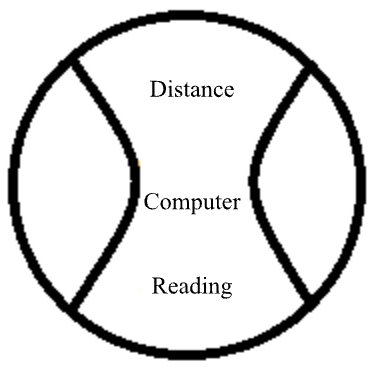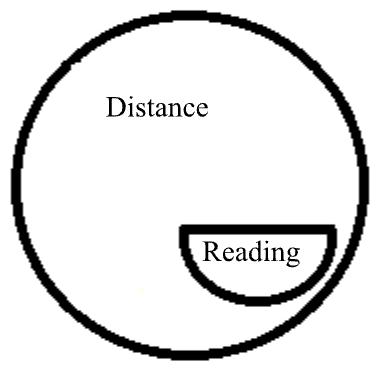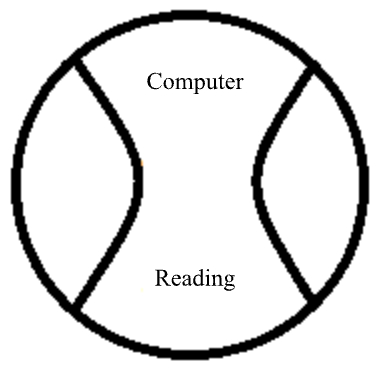After a few birthday cakes celebrating your life on this earth (about 45), your eyes start cooperating less while trying to appreciate the fine details of your birthday cards. This is known as presbyopia, or the difficulty focusing on near objects.
One way to improve your vision is by using glasses. There are several types of glasses designed to help you read. Some glasses allow you to see both up close and far away, while others are specifically tailored to focus at certain distances.
It’s important to understand that different distances require different levels of magnification. For example, viewing a desktop computer and reading a paper in your hands require different strengths of reading glasses. This distinction becomes increasingly important as we age.
Here is a list of different designs of glasses to help you read clearly and comfortably again.
Progressive Lenses: All-Around Work
Progressive lenses are the most common type of lenses that allow you to see far away and read without switching glasses. Sometimes called a no-line bifocal, these lenses do it all, although with some drawbacks.
Compared to using a special-purpose pair of glasses, the areas usable for reading can be small. You will have to find the “right spot” in the lens to see. Many people also use these lenses as computer glasses.

Lined Bifocal
These lenses are often seen as simpler than progressive lenses. They get the job done and can be customized to your use. Traditionally, these lenses allow you to see far-away objects like road signs and near objects like your phone.
The limitations include a lack of adaptability in focusing. For example, a person may struggle to see gauges in their car or computer screens.
For advanced users, we can use these lenses as special computer lenses, allowing you to focus on your computer and paperwork better.

Single-Vision Reading Glasses & Computer Glasses
Regular glasses can be customized to help you read or focus on your computer screen. Reading a paper and viewing a computer screen requires different levels of magnification. If you spend most of your day on the computer screen, lenses designed for that specific distance (about 20–22 inches) can help reduce eye strain and improve focus.
Computer Lenses for Digital Eye Strain
Computer lenses, also known as office lenses, are specially designed to enhance your vision while using digital devices. These modern lenses help reduce eye strain by providing clear and comfortable viewing of your computer screen, tablet, and smartphone.
Unlike traditional progressive lenses, which include prescriptions for distance, intermediate, and near vision, computer lenses focus specifically on intermediate (screen) and near (reading) distances. This targeted design offers a wider field of view for screen-related tasks, making them the perfect solution for professionals and avid readers who spend long hours in front of digital screens.

See Life Clearly
As we age, addressing vision changes like presbyopia becomes essential to maintaining comfort and productivity in our daily activities.
Understanding the various types of glasses available—whether progressive lenses, lined bifocals, single-vision reading glasses, or specialized computer lenses—can help you select the right tool for your specific needs.
By choosing the appropriate eyewear, you can reduce eye strain, improve focus, and enhance your overall quality of life, achieving clear and comfortable vision no matter the task at hand. Contact our team at Great Lakes Optometry to discuss your next pair of glasses and book an appointment.





